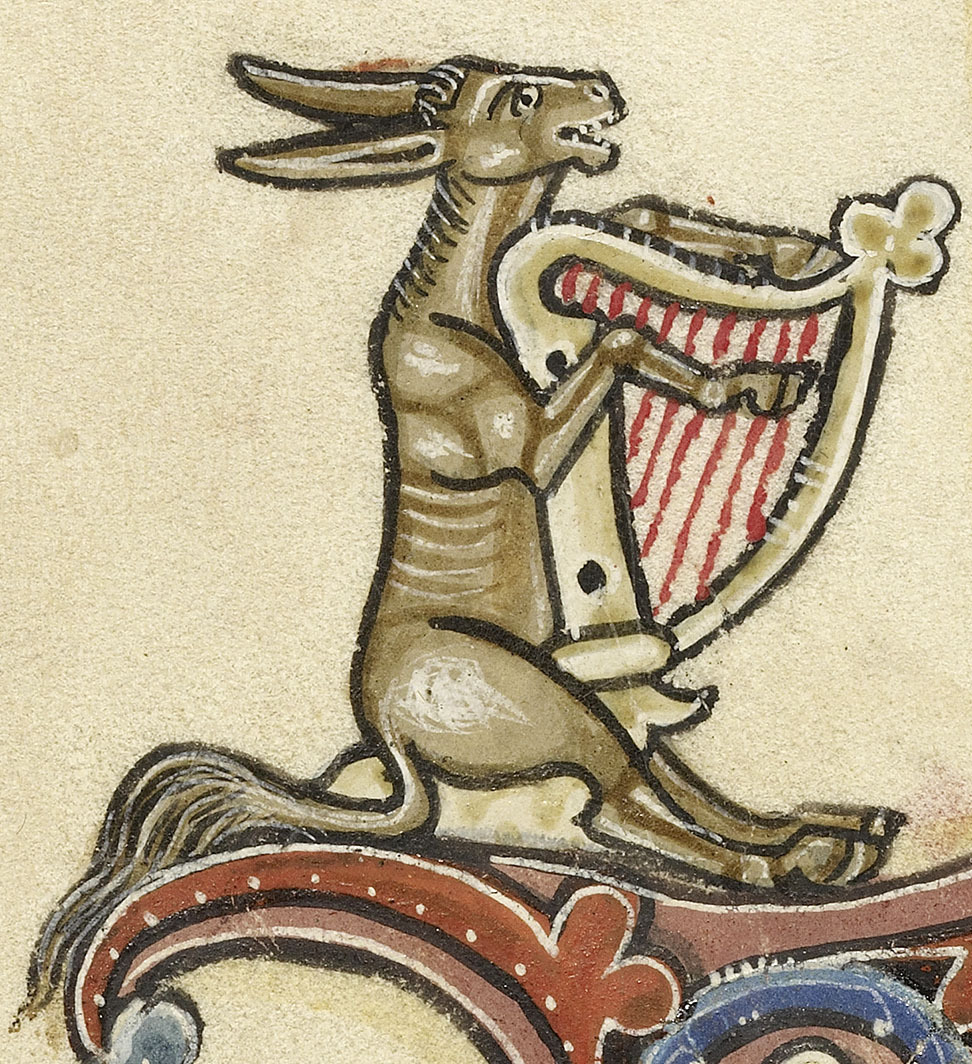Back at the beginning, the Internet was going to open up museums to those who can’t travel to them. Today…
At the Art Newspaper, Bender Grosvenor reports that a November judgment from the UK Court of Appeal means museums can’t go on claiming copyright in photographs of public domain art works. Museums have used this claim to create costly licensing schemes. For art history books and dissertations that need the images for discussion, the costs are often prohibitive. And, it turns out, the “GLAM” (galleries, libraries, archives, and museums) sector isn’t even profiting from it.
Grosvenor cites figures: the National Gallery alone lost £31,000 on its licensing scheme in 2021-2022 (how? is left as an exercise for the reader). This figure was familiar: Douglas McCarthy, whom the article quotes, cited it at gikii 2023. As an ongoing project with Andrea Wallace, McCarthy co-runs the Open GLAM survey, which collects data to show the state of open access in this sector.
In his talk, McCarthy, an art historian by training and the head of the Library Learning Center at Delft University of Technology, showed that *most* such schemes are losing money. The National Gallery of Liverpool, for example, lost £71,873 on licensing activities between 2018 and 2023.
Like Grosvenor, McCarthy noted that the scholars whose work underpins the work of museums and libraries, are finding it increasingly difficult to afford that work. One of McCarthy’s examples was St Andrews art history professor Kathryn M. Rudy, who summed up her struggles in a 2019 piece for Times Higher Education: “The more I publish, the poorer I get.”
Rudy’s problem is that publishing in art history, as necessary for university hiring and promotions, requires the use of images of the works under discussion. In her own case, the 1,419 images she needed to use to publish six monographs and 15 articles have consumed most of her disposable income. To be fair, licensing fees are only part of this. She also lists travel to view offline collecctions, the costs of attending conferences, data storage, academic publishers’ production fees, and paying for the copies of books contracts require her to send the libraries supplying the images; some of this is covered by her university. But much of those extra costs come from licensing fees that add up to thousands of pounds for the material necessary for a single book: reproduction fees, charges for buying high-resolution copies for publication, and even, when institutions allow it at all, fees for photographing images in situ using her phone. Yet these institutions are publicly funded, and the works she is photographing have been bought with money provided by taxpayers.
On the face of it, THJ v. Sheridan, as explained by the law firm the law firm Pennington, Manches, Cooper in a legal summary, doesn’t seem to have much to do with the GLAM sector. Instead, the central copyright claim was regarding the defendant software used in webinars and presentations. However, the point, as the Kluwer Copyright blog explains, was deciding which test to apply to decide whether a copyrighted work is original.
In court, THJ, a UK-based software development firm, claimed that Daniel Sheridan, a US options trading mentor and former licensee, had misrepresented its software as his own and had violated THJ’s copyright by using the software after his license agreement expired by including images of the software in his presentations. One of THJ’s two claims failed on the basis that the THJ logo and copyright notices were displayed throughout the presentation.
The second is the one that interests us here: THJ claimed copyright in the images of its software based on the 1988 Copyright, Designs, and Patents Act. The judge, however, ruled that while the CDPA applies to the software, images of the software’s graphical interface are not covered; to constitute infringement Sheridan would have had to communicate the images to the UK public. In analyzing the judgment, Grosvenor pulled out the requirements for copyright to apply: that making the images required some skill and labor on the part of the person or organization making the claim. By definition, this can’t be true of a photograph of a painting, which needs to be as accurate a representation as possible.
Grosvenor has been on this topic for a while. In 2017, he issued a call to arms in Art History News, arguing that image reproduction fees are “killing art history”.
In 2017, Grosvenor was hopeful, because US museums and a few European ones were beginning to do away with copyright claims and licensing fees and finding that releasing the images to the public to be used for free in any context created value in the form of increased discussion, broadcast, and visibility. Progress continues, as McCarthy’s data shows, but inconsistently: last year the incoming Italian government reversed its predecessor’s stance by bringing back reproduction fees even for scientific journals.
Granted, all of the GLAM sector is cash-strapped and is desperately seeking new sources of income. But these copyright claims seem particularly backwards. It ought to be obvious that the more widely images of an institution’s holdings are published the more people will want to see the original; greater discussion of these art works would seem to fulfill their mission of education. Opening all this up would seem to be a no-brainer. Whether the GLAM folks like it or not, the judge did them a favor.
Illustrations: “Harpist”, from antiphonal, Cambrai or Tournai c. 1260-1270, LA, Getty Museum, Ms. 44/Ludwig VI 5, p. 115 (via Discarding Images).
Wendy M. Grossman is the 2013 winner of the Enigma Award. Her Web site has an extensive archive of her books, articles, and music, and an archive of earlier columns in this series. She is a contributing editor for the Plutopia News Network podcast. Follow on Mastodon.
